6 alternative image manipulators to Photoshop
- May 12, 2023
- 0
When it comes to image manipulation, photoshop It’s mostly an attention-grabbing app, however the reality is that it’s overkill for the vast majority of users, not to mention
When it comes to image manipulation, photoshop It’s mostly an attention-grabbing app, however the reality is that it’s overkill for the vast majority of users, not to mention

When it comes to image manipulation, photoshop It’s mostly an attention-grabbing app, however the reality is that it’s overkill for the vast majority of users, not to mention that many people pirate it without paying Adobe the appropriate license.
Not to be misunderstood, I’m not questioning an application that has long established itself as the queen of its sector and essential for certain very demanding professional industries, but as is often the case with video editing, many users end up hacking Photoshop to do things that are doable in alternatives that are free.
Editing images is something that many users have done at some point in our views. It is clear that the profile and knowledge of the user significantly determines the results that can be achieved and the ease with which they use the tools. In addition to the powerful Adobe manipulator and editor, it is also worth mentioning the classic Microsoft Paint, which many have used to give free rein to their artistic spirit and create, in most cases, works of more than questionable quality.
When you first encounter an image manipulator, you may find that you get lost or that the results are far from what you want, because in addition to the simplicity of Paint, there is a world full of possibilities that provide very diverse results. Here There is no other option to research and study to better understand the tools being usedin addition to resorting to typical trial and error as a means of refining things or doing your own research tasks, because copying others is always easy once you understand what you’re doing.
To help the reader enter the world of image manipulation from a basic and legal point of view, this time I will mention six free image manipulations and try to favor solutions that are free software and cross-platform. Note that some of the apps mentioned are more focused on drawing, while others are more on photography.
I start with a great classic of these themes courtesy of the famous Photoshop: GIMP. The GNU Project Image Manipulation Program (yes, that’s what its name says) is quite the veteran when it comes to image manipulation, both drawing and photography. It is also capable of opening vector images in SVG format, but this article focuses exclusively on bitmaps.
GIMP is Photoshop’s traditional rival, but time has shown that a community of volunteers can’t compete with a corporation like Adobe, which also knows what it’s doing. In addition, we must add that GIMP itself went through phases where its development was very much halted due to a lack of manpower, which meant that during the second decade of the 21st century it began to lose users to the next application that I will mention.
Despite the ups and downs of development, GIMP is easy-to-use application in its segment with many options, many effects and plugin support. Its interface is generally easy to understand, which softens the learning curve considerably.
On the other hand, and since coming under the GNOME umbrella, its development has accelerated quite a bit and now includes several important improvements with each release, although this does not mean that version 3 of the image manipulator is not hard to come by.
At this point, I think it goes without saying that GIMP is free software and is also one of the flagships of this movement. It has official versions for Windows, Linux and macOS.
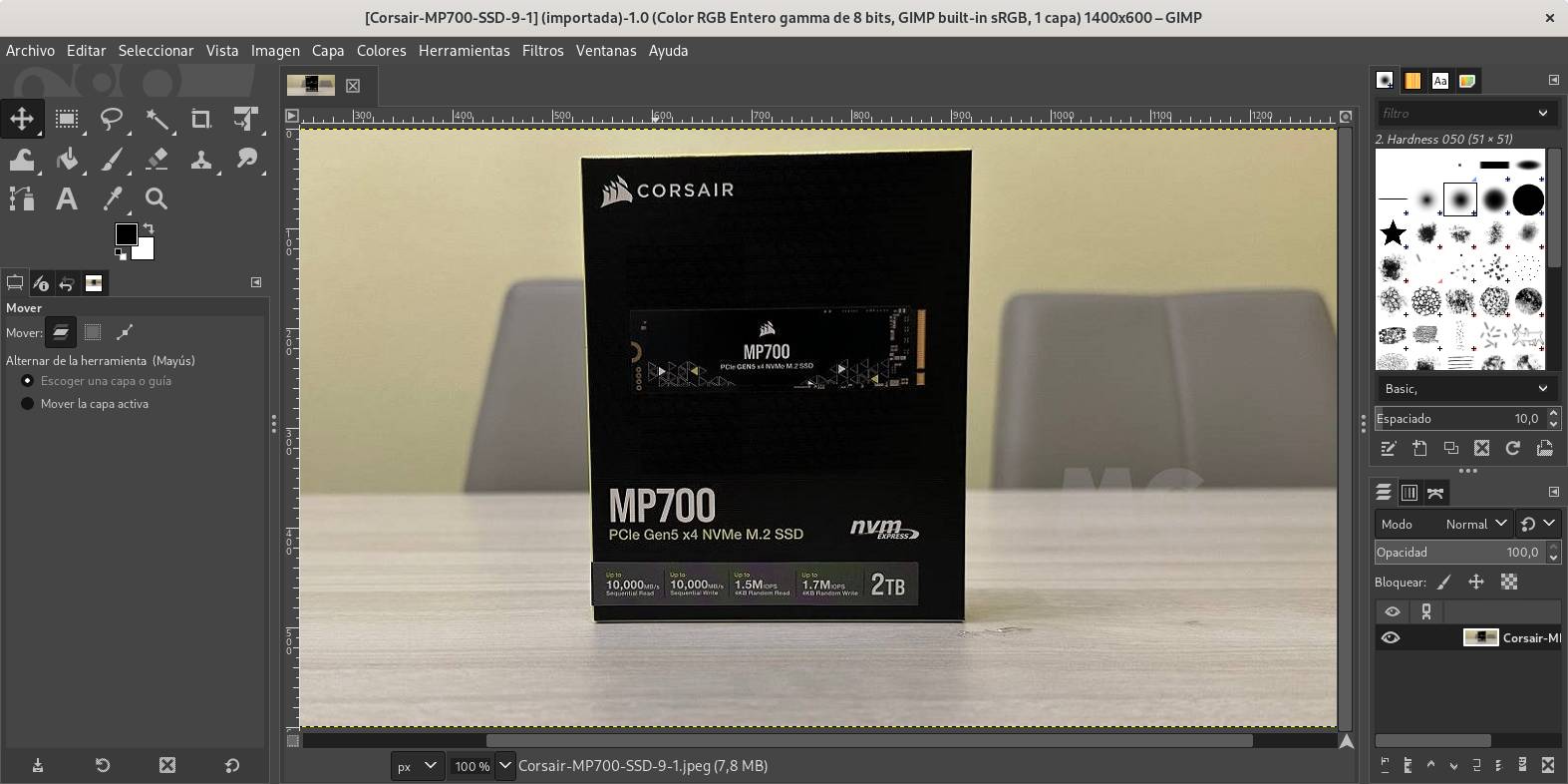
I’m beating around the bush a bit here because Critic it is not, at least officially, an image manipulator, but rather a drawing application. However, It has strong manipulation level capabilitieswhich are provided through tools and options that are not always readily available because it is focused on working as a drawing application.
Krita has been known relatively little, about ten years, but its development began in 2005. For a long time it was part of the Calligra office suite, which belongs to the KDE project, but since its development was much faster than the development of other components of the suite, the responsible staff decided to split, to make its development independent, but without leaving the umbrella and belonging to KDE.
Krita is officially defined as a raster graphics editor designed primarily for digital art and 2D animation. it’s about an application that has achieved recognition within its sectoreven outside Linux circles. Its features include support for OpenGL 3 and G’MIC plugins.
As I said before, despite its orientation, it gained users during the second decade of the 21st century at the expense of GIMP. While it is true that Krita is difficult for inexperienced users and that you have to dig around to find some manipulation options, the best results that could be achieved are worth it.
As a member of KDE, Krita is free software and is officially available for Windows, Linux, macOS, Android and Chrome OS.
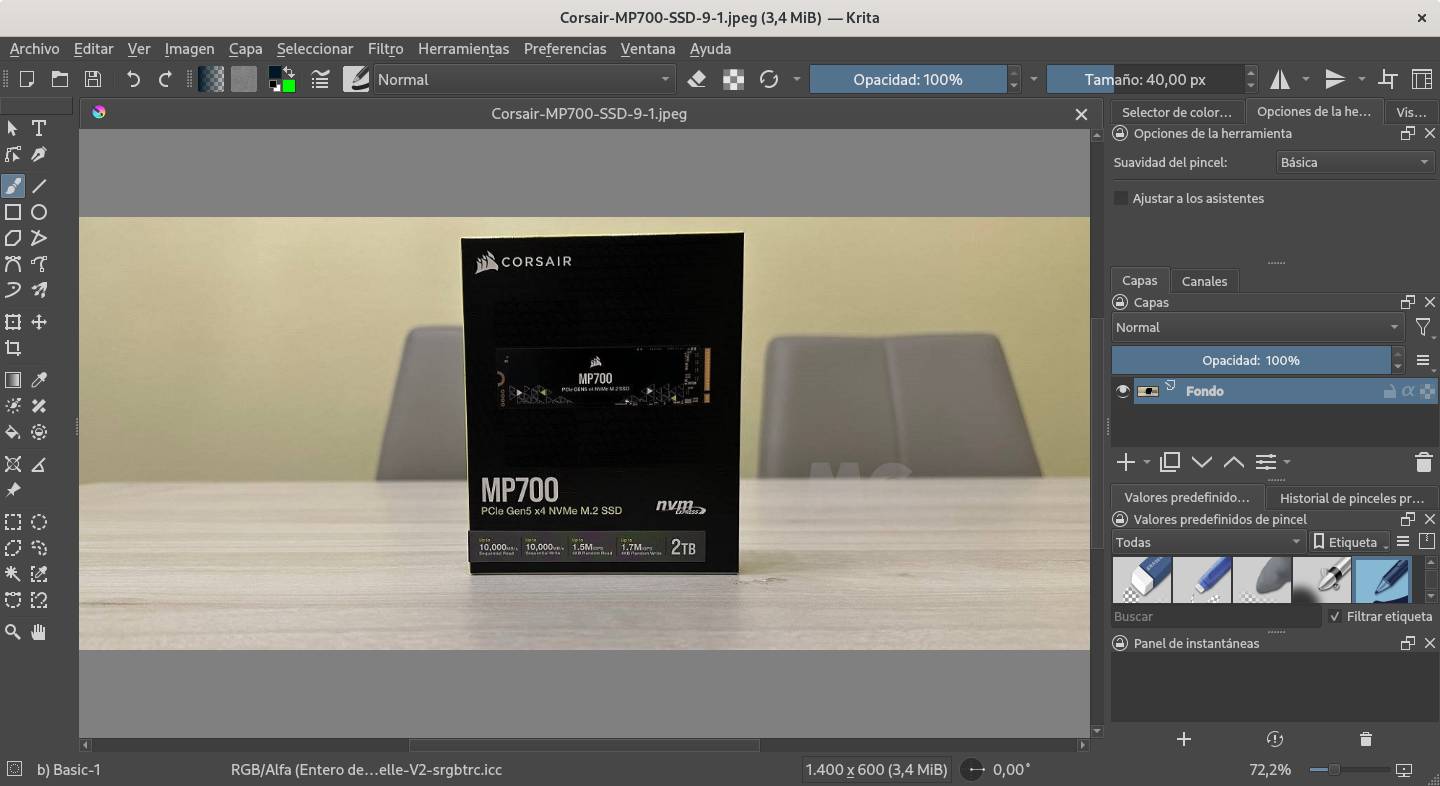
paint.net is a free raster graphics editor available for Windows. Its origin is in an older computer science project that took place in 2004 at Washington State University. Initially, its source code was released under a modified version of the MIT license, but after seeing that the source code had been plagiarized by others, those responsible decided to make it proprietary software.
Paint.net is mainly programmed in C# and as its name suggests, is inspired by the classic drawing application that has long been the default in Windows, without there being, at least officially, any connection with him or Microsoft. However, the presence of “.net” in the name clearly indicates that a well-known word was used to construct it. framework from the Redmond Giant.
Paint.net is traditionally more powerful than classic Paint by being able to do this they support layers and provide excellent lists of effects and settings, so it kind of resembles GIMP in that sense. What’s more, the default Paint.net interface consists of floating sections/panels, very reminiscent of the layout used in the past by GNU Image Manipulator, which has been replaced, at least in its default configuration, by a single-window interface. , because the floating panels were there to mainly support displays running at lower resolutions and with 4:3, 5:4 or similar aspect ratios (the “square” ones we were told about). panoramic have completely displaced them).
In addition to layers and a fairly extensive list of effects and settings, Paint.net has support for a few plugins that must be built using the .NET framework. The programming language doesn’t seem to matter if you’re using Microsoft technology. Although it offers quite a few options, it may fall behind for professional use.
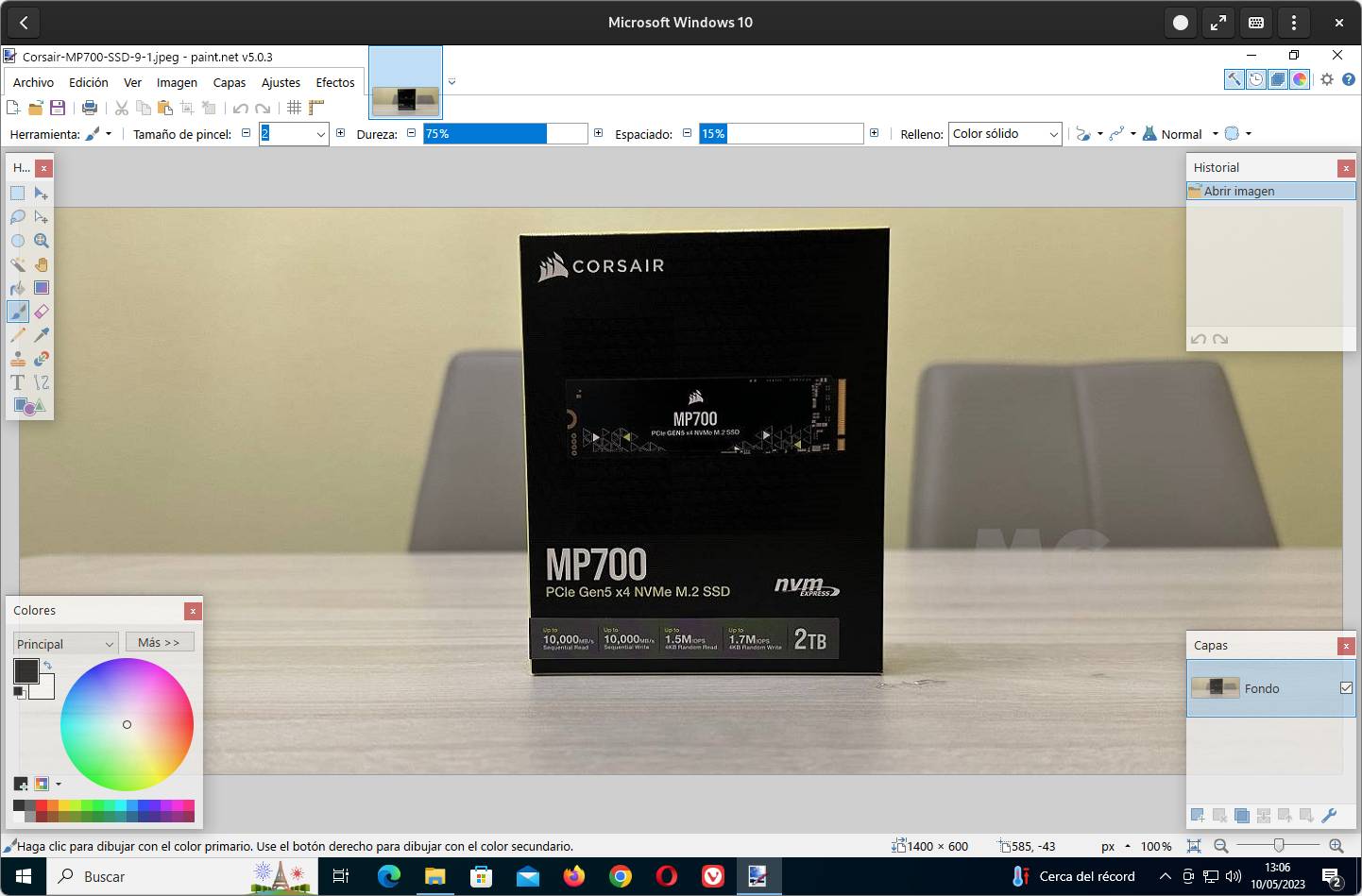
Does it bother you that Paint.net is proprietary software and exclusive to Windows? There is an alternative Pintclone, whose interface is built using GTK (the same library as GIMP) and C#, is open source like his source code released under the MIT license and offers cross-platform support for Windows, Linux, and macOS. Some parts of Paint.net were taken for source code at the time, but its development has long had nothing to do with the development of the software it emulates.
As a Paint.NET clone, Paint “borrows” many features of the original application, so we find support for layers and a large number of effects and adjustments. However, and although it has many similarities in terms of interface and functionality, it differs in that it uses a window-type layout.
For the rest, we have a bitmap editor that does not require much. Its focus on usability is reflected in features such as unlimited undo history, multi-language support and flexible toolbar layout. If you want Paint.net and are not a Windows user or prefer an open source solution, Pinta is positioned as the best alternative.
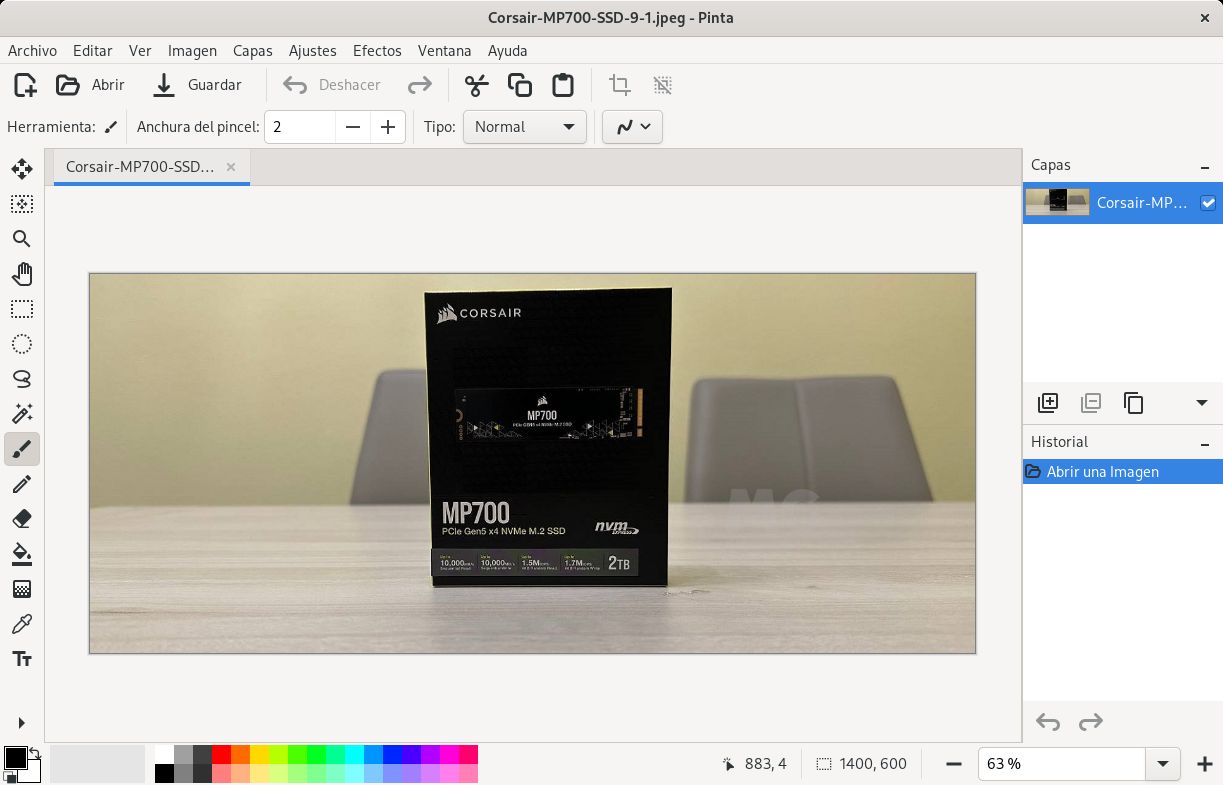
So far we’ve been pretty focused on creating or editing artwork, so it’s time to dive into photo editing. Among the options we can highlight darktableknown A RAW image editor that has established itself as one of the most interesting options in its segment. It is free software, its source code is published under the GPLv3 license, and it officially supports Windows, Linux, macOS and FreeBSD.
Although darktable is focused on the RAW image format supported by cameras in order to provide lossless and uncompressed images from what is captured from the camera’s sensor, darktable is capable of supporting a wide range of image formats and is able to work with artwork and video game screenshots, even though one deviates from the purpose of the application.
It supports darktable at the feature level advanced color management, ICC profiles, works in 32-bit floating mode on the CIE LAB color channel and GPU acceleration based on OpenCL. Compared to other solutions on this list, darktable preserves the original image data until the final rendering, which is done in the export process, and like other RAW image manipulation applications, it makes available a number of non-destructive editing-oriented operations.
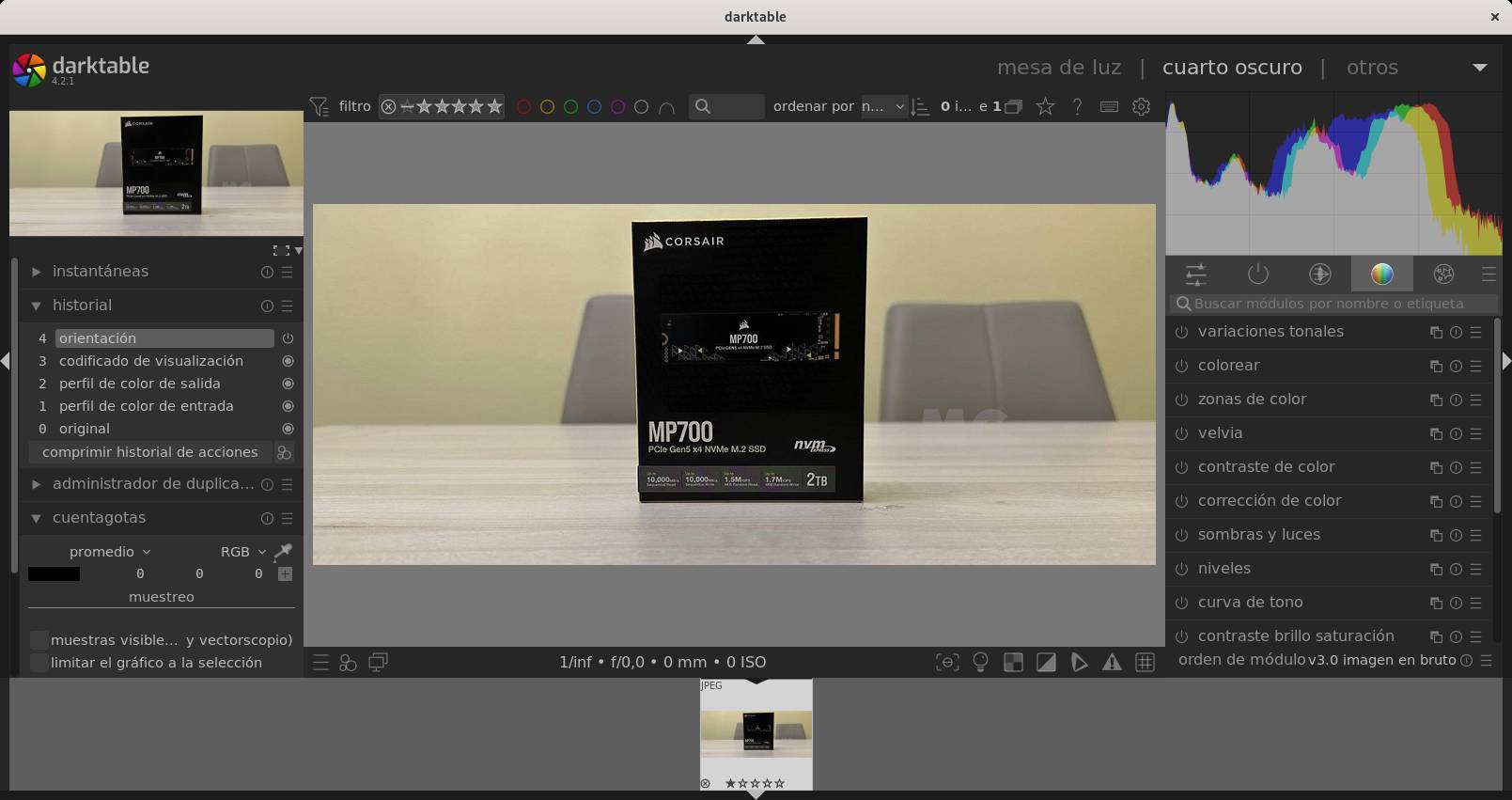
And I close the list with Adobe Photoshop Express, a free and very reduced version of the well-known raster graphic editor. Obviously, this is a free product, there is little left of the application that many pirate on their computers.
Despite the limited options compared to the full and paid versions, Adobe Photoshop Express offers tools that allow you to crop, remove backgrounds, create templates and two 2GB of free space. Moreover, it makes accessible a large number of effects of all kinds and support for video editing with the intention of quick editing aimed at publishing content on social networksit even provides a button to share via said media.
In short, Adobe Photoshop Express is a solution aimed at people who do not have a designer profile to create social media content that looks professional (at least visually).
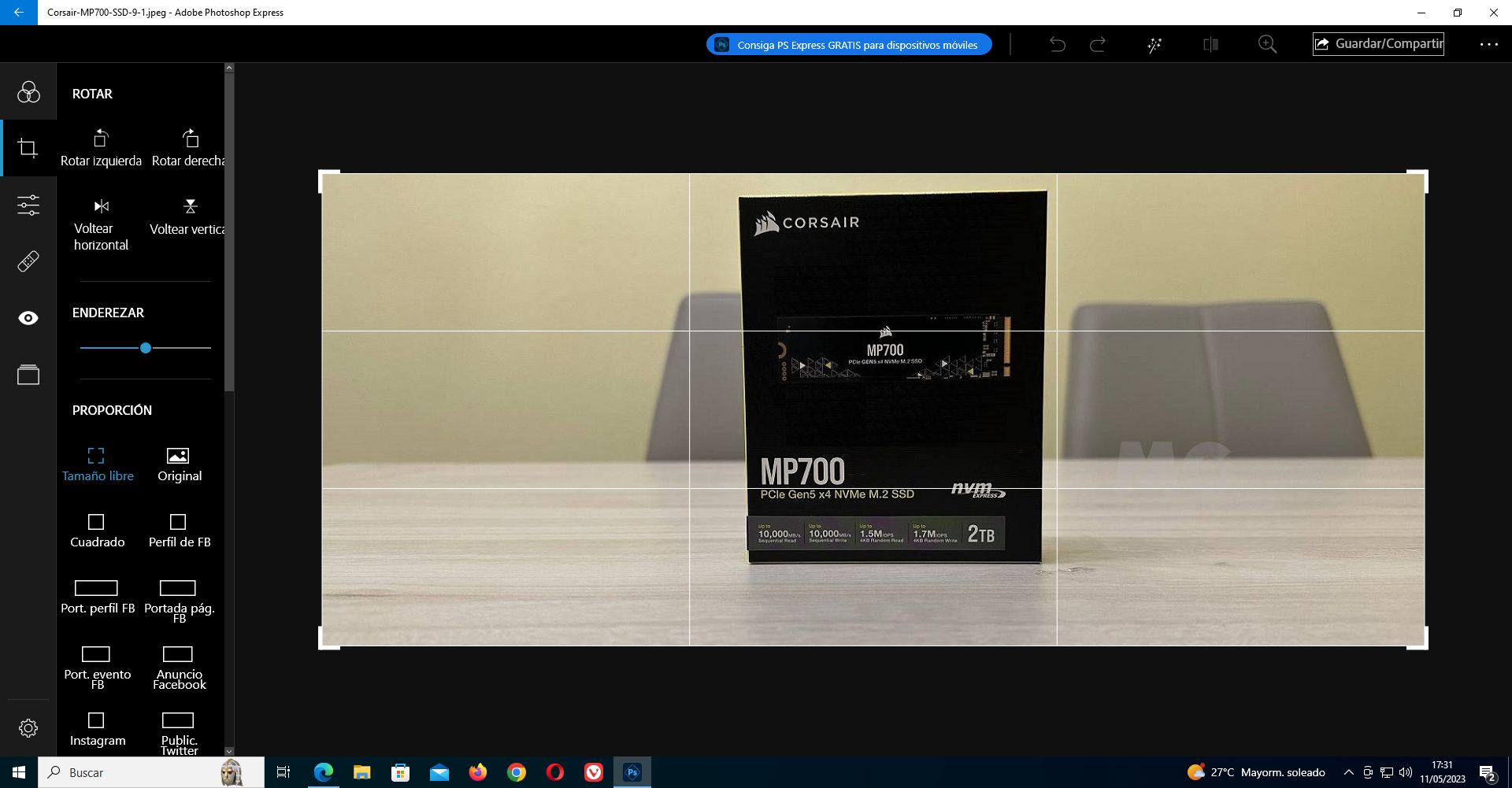
As we can see, there are many alternatives to manipulate images, not only in Windows. Here I go back to what I said at the beginning, that there are many applications within the segment that are good enough that they don’t have to resort to hacking the paid version of Photoshop. Yes, Adobe’s solution is undoubtedly the best, but that doesn’t mean that the other options are bad, what’s more, maybe one of the alternatives offered better suits the user’s profile or knowledge.
Once again, I remind you that if you manage to make money from any of the tools published as free software mentioned (or even those not mentioned), it would be highly recommended to make some financial contribution as a donation for the maintenance and development of the project.
Source: Muy Computer
Donald Salinas is an experienced automobile journalist and writer for Div Bracket. He brings his readers the latest news and developments from the world of automobiles, offering a unique and knowledgeable perspective on the latest trends and innovations in the automotive industry.